Note: Please note that this is an “archived project” and is no longer updated. This article is meant for historical purposes only.
The Adaptive Deployable Entry system Project (ADEPT) objective is to develop a semi-rigid low-ballistic coefficient aeroshell entry system concept to perform and entry descent landing (EDL) functions for planetary missions. This concept would be used to safely deploy scientific payloads or enable long-term exploration to other planets with their associated cargo needs. The deployable idea allows mission planners to develop an aeroshell design that fits within existing launch vehicle systems, and yet prior to the EDL mission segment, transform into a low ballistic coefficient configuration. Thus, atmospheric entry environments (heating, acceleration, and pressure) are significantly lowered, allowing the use of lower heat capacity TPS and lower design loads for other spacecraft components.
For the ADEPT deployable concept, woven carbon fabric (which covers 90% of the deployed surface and is supported by semi-rigid ribs) is the primary drag-producing surface. Its flexibility also allows it to be stowable. The pure carbon fabric, with its high thermal conductivity, allows re-radiation from both the windward and leeward side of the fabric. This activity will include the detailed design and fabrication of a sub-scale prototype test article (approximately 2-m diameter) that will include as many flight-like and mission-traceable aspects as possible. The ADEPT proto-flight configuration will undergo integrated ground testing including numerous deployments, random vibration and acoustic testing and thermal-vac. Planning for the execution of follow-on flight-testing is on-going.
Details
Discover More Topics From NASA
from NASA https://ift.tt/pMelkLO

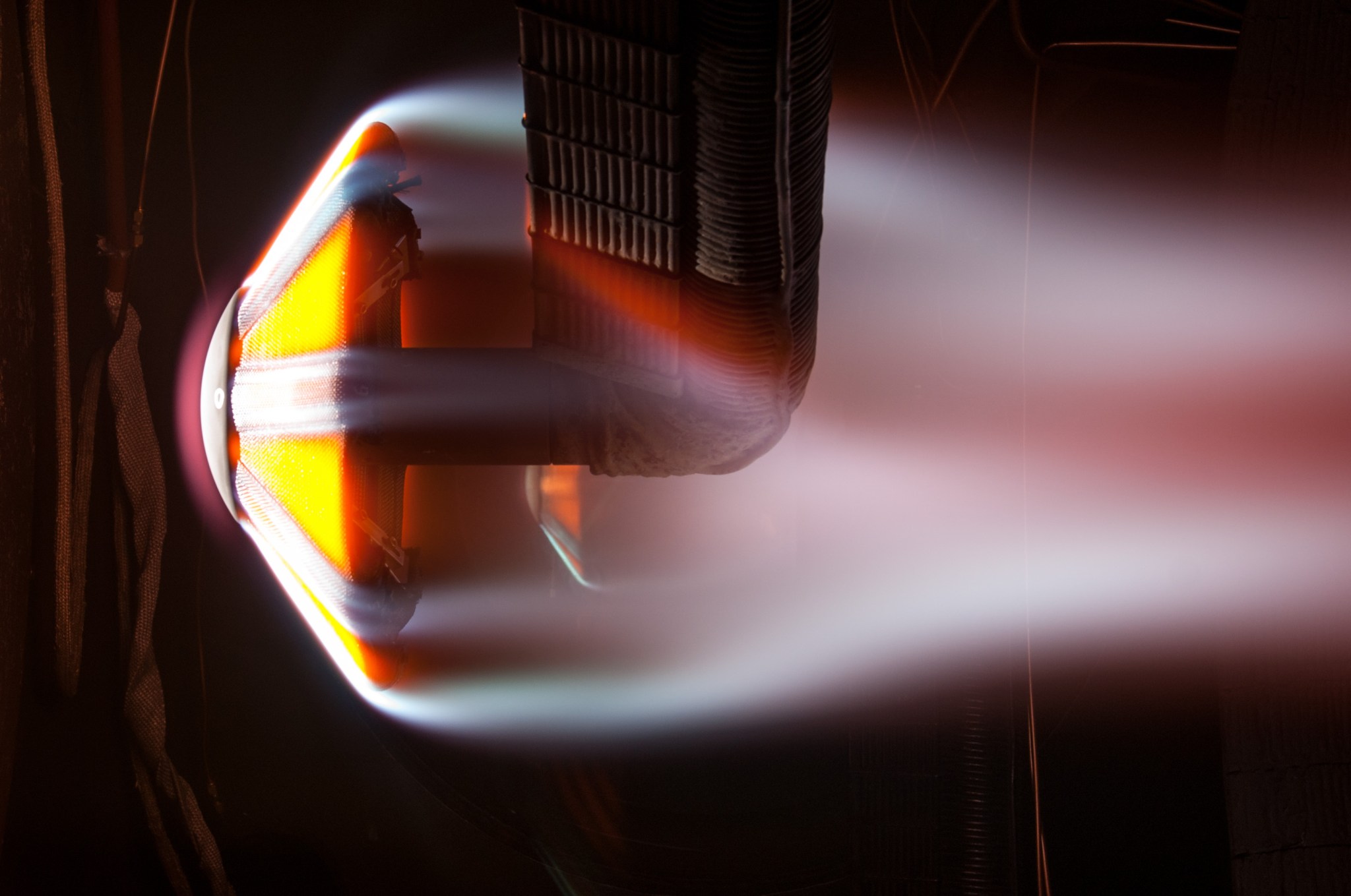

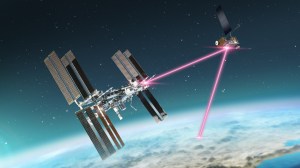
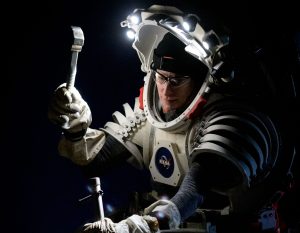
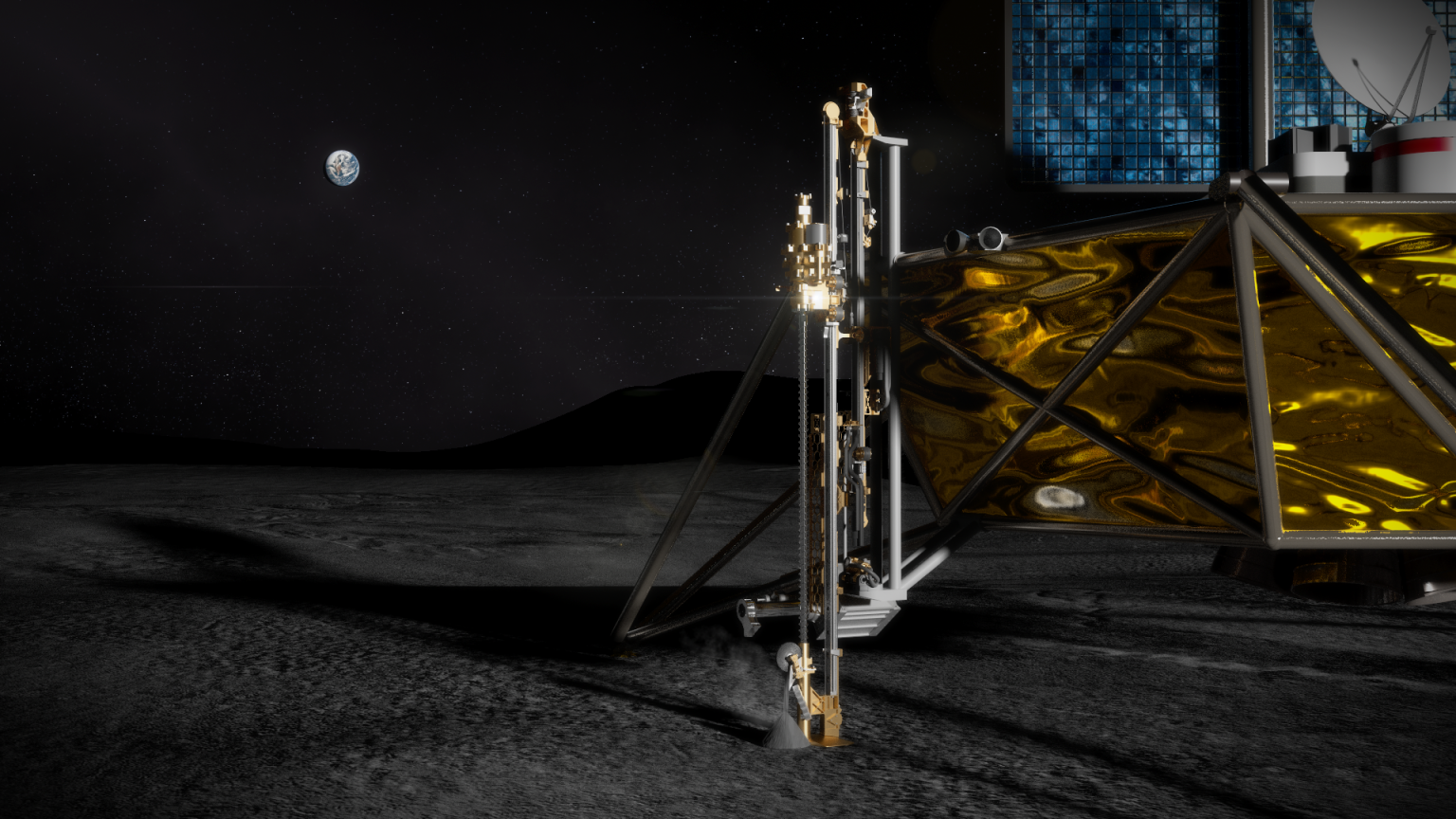

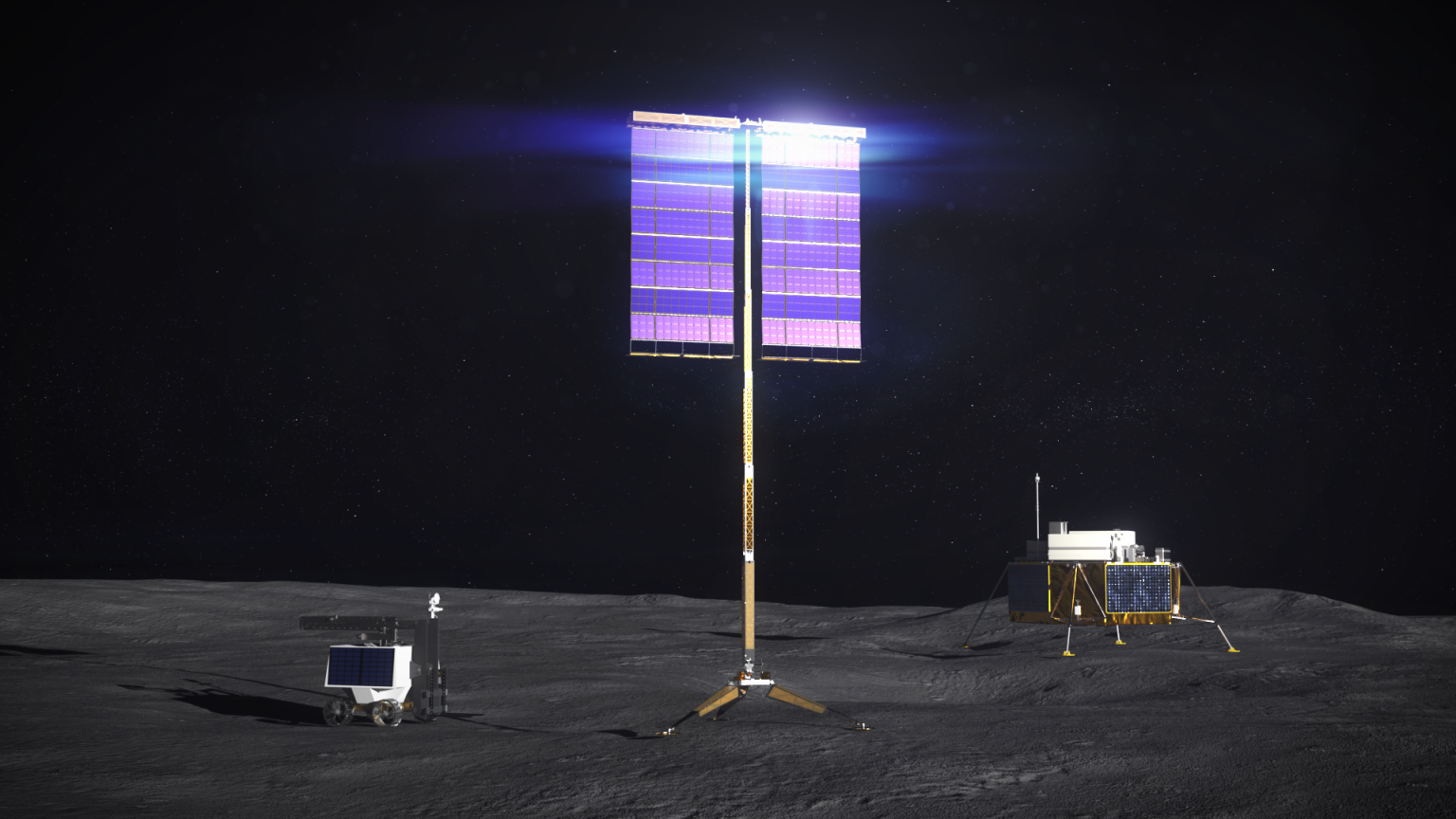

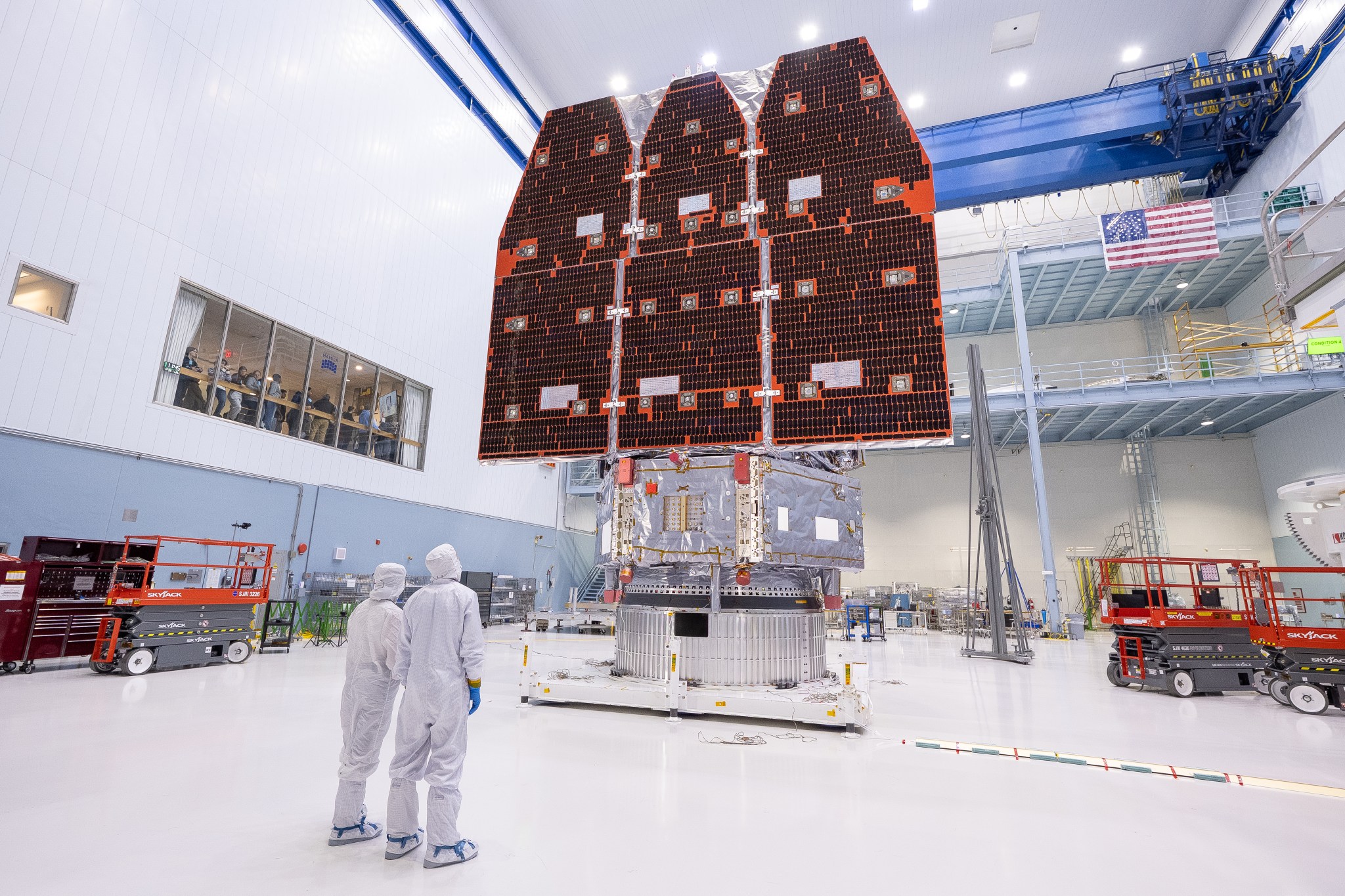
No comments:
Post a Comment